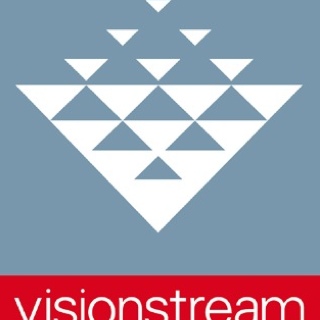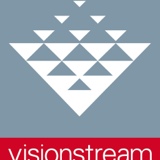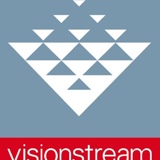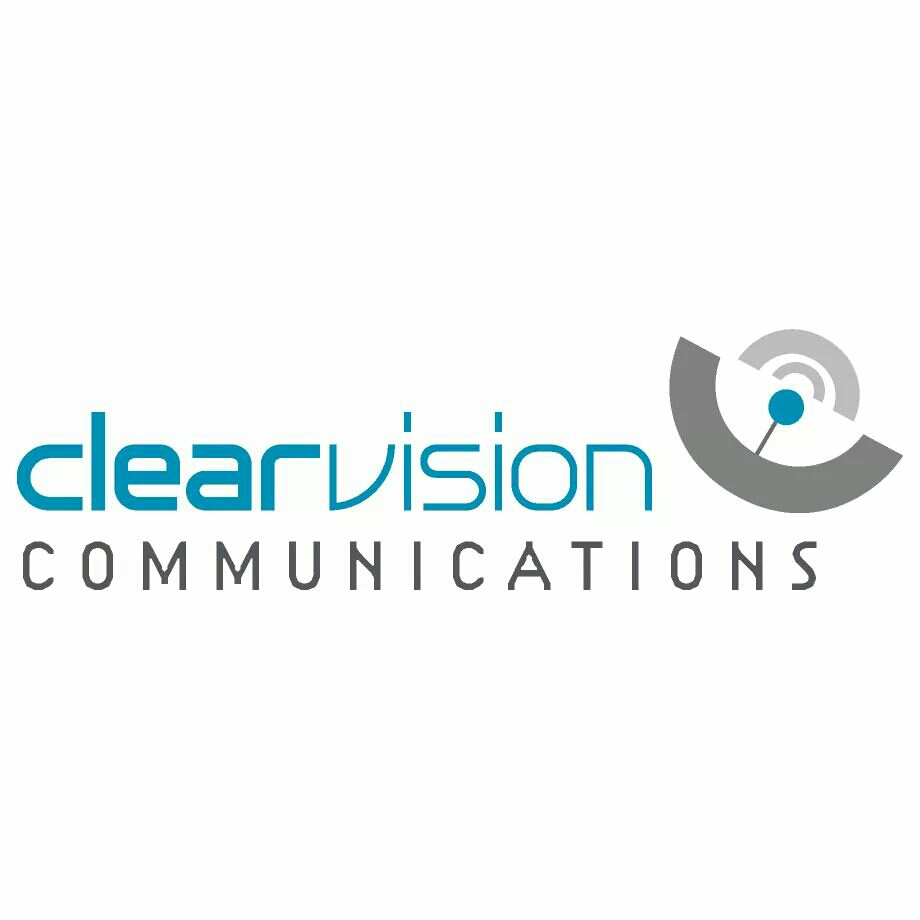Information
-
Task Observation Title (include project, location, etc.)
-
Document No.
-
Observer/s:
-
Conducted on
-
Activity Observed:
-
Person's/Contractors Observed:
-
Location
-
Project:
-
SHEWMS Ref:
Telecommunications Safety Essentials
-
Choose those relevant to work activity
-
1. Electrical Work
-
2. Working at Height
-
3. Driver Alertness
-
4. Working in the Vicinity of Utility Services
-
5. Excavation Works
-
6. Working in the Vicinity of Vehicular Traffic
-
7. Working in and around Mobile Plant
-
8. Working in Remote or Isolated Locations
-
9. Heavy Lifting
-
10. Exposure to Asbestos
Observations
-
Work Methods / SHEWMS (WM)
-
Details:
-
Personal Protective Equipment (PPE)
-
Details:
-
Housekeeping (HK)
-
Details:
-
Body Position (BP)
-
Details:
-
Job Focus (JF)
-
Details:
Corrective Actions
-
Are there any corrective actions as a result of observations?
-
Enter Corrective Action
Corrective Action
-
Corrective Action:
-
By Who:
-
By When:
Sign-off
-
Observers signature:
Notes
Findings
-
(MRO) MINIMAL RISK OBSERVED: Critical risks understood and safe practices observed.
(ARB) AT RISK BEHAVIOUR: An act, obviously unsafe and not controlled
(ARS) AT RISK SITUATION: A condition, obviously unsafe and not controlled
Category
-
(WM)
• SHEWMS / Risk Assessment: Available and specific to activity, highlights applicable hazards (particularly Safety Essentials), signed and understood by workers, effective at reducing risk, complies with Safety Essentials requirements
• Adherence to SHEWMS / Risk Assessment
• Isolations, tags, permits,
• Tools appropriate for job, maintained and used correctly -
(PPE)
• Eyes and Face
• Ears
• Feet and Legs
• Respiratory
• Hands and Arms -
(HK)
• Work area clear of slip and trip hazards
• Storage of equipment and materials adequate
• Registers up to date
• Field Workforce Information Pack available and up to date -
(JF)
• Eyes on task
• Distractions
• Rushing
• Short cuts
• Improvisation
• Verbal interaction
• Awareness of others -
(BP)
• Posture
• Repetitive movements
• Lifting of objects
• Footing
• Inhaling
• Falling
Notes
-
• The purpose of the Task Observation is to observe and interact with workers to so that hazards and risks associated are highlighted and discussed to prevent injury / illness.
• Observations should focus on the work methods of the activity and always include a review of the applicable SHEWMS / Risk Assessment.
• The SHEWMS / Risk Assessment should be specific to the task / activity being performed and effectively control risk associated with the hazards presented with the work.
• Observations should be focused and of a short duration (approx. 20 - 30 minutes).
• Observers should focus on good practices as well as detecting poor practices and provide comments to reflect this.
• Stop the job and conduct a discussion with the crew/individual if at risk behaviour or situations are observed. Use mutual discussion to identify appropriate action and gain commitment to change.
• It is the responsibility of the observer to ensure that prompt follow-up actions occur.
• Enter observation into Cintellate as soon as possible with applicable actions from observation












